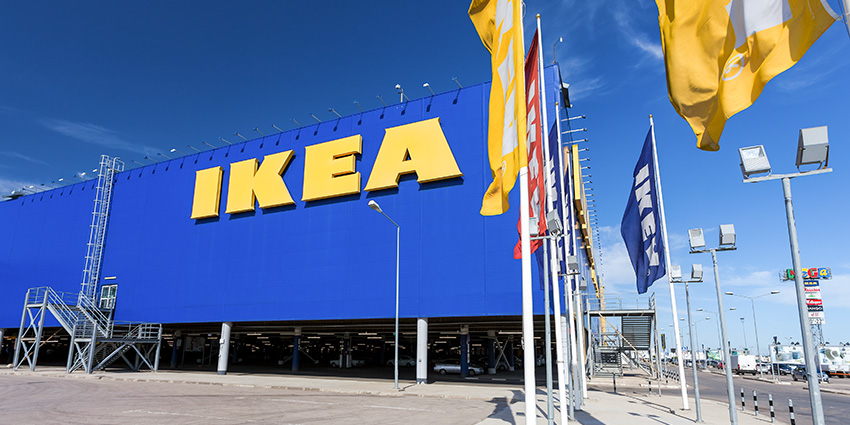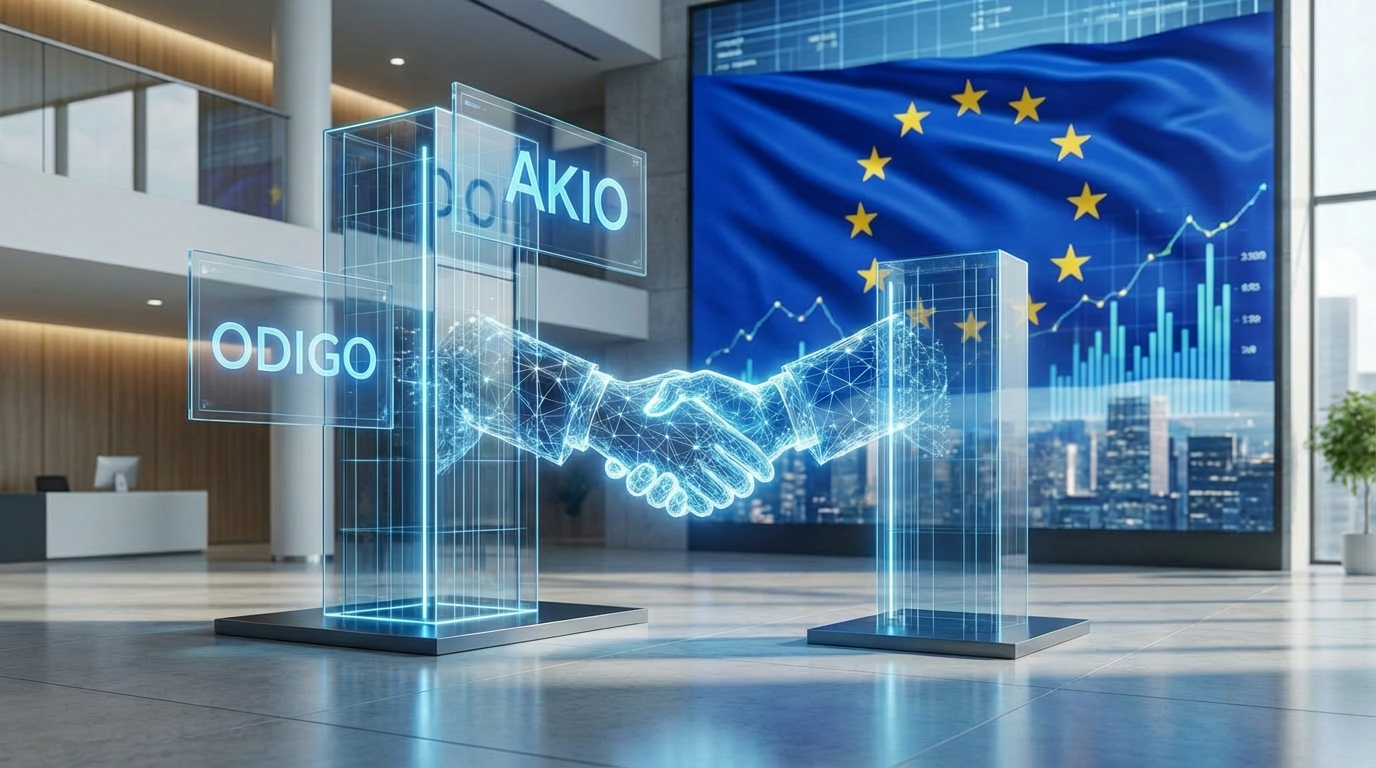A leading expert in the market of customer communications, Enghouse Interactive focus on giving their clients the resources they need to differentiate services and transform customer loyalty. As customer experience becomes a bigger driver for businesses, Enghouse is building ever-stronger value within their marketplace, with a unique multichannel contact centre solution.
We speak to Jeremy Payne, the Group VP Marketing & Alliances in the EMEA region for Enghouse Interactive, to ask for his insights on this year, and the year ahead. Jeremy has been working with Enghouse for almost 6 years now and has plenty of expertise to offer when it comes to addressing the state of communications in the enterprise.
How Have You Been Serving your Customers and Partners?
Enghouse Interactive is an acquisitive company, which means that it achieved some significant growth over the last 5 years, because of some particularly strategic acquisitions within the marketplace. According to Jeremy, that framework has been a positive thing for Enghouse when it comes to serving their customers and channel base:
“Our acquisitions have given us a well-rounded and comprehensive portfolio of solutions and platforms for people in the customer interaction management space. We’re finding that the more people shift into the digital world, the more organisations have begun to wrestle with converging channels in everything from voice to IM, email, and social media.”
“I think when I look at Enghouse’s position, the expertise and portfolio we offer through our network partners means that we’re well positioned to address customer needs regardless of technology or vertical market.”
Simply put, Enghouse has pinpointed the strategy they need to offer the right skills and the right solutions to end-customers through a powerful buyer journey.What Has Been Significant for Enghouse in 2017?
Enghouse Interactive exist primarily in the Contact Centre space, but they also have a foot in business communications too. I asked Jeremy what he considered to be some of the most important trends to emerge in his space during 2017: “I think every year there’s a kind of drum that everyone comes together to beat on. A few years ago, that drum was cloud, and now that conversation has begun to quieten down.”
“Now, we’re all looking at AI, automation, robots, and that whole blend of approaches. I think organisations are trying to find out where the right balance is between customer intervention, self-service, and machine intervention.”
Jeremy noted that there seems to be constant momentum and movement in the UC space, but a lot of businesses seem to make things more difficult than they are:
“When we talk to people about AI and robots, we ask them to think about automation and making things easier for the customer. Almost every customer is looking for effortless, and convenient customer service. The good news is that there are lots of things companies can do to automate and improve their processes for their customers.”
“That doesn’t necessarily mean going out and buying a complicated AI solution. Most organisations already have most of the technology they need to transform their strategies. All they need to do is implement some extra things, and make sure you have the right culture in place.”
What Challenges and Opportunities Do You Predict for 2018?
With so much disruption happening in the marketplace, I was keen to get Enghouse’s perspective on the opportunities and challenges that await us in 2018. Jeremy said: “I think the biggest risk is that a lot of companies get excited about the financial savings they can get from self-service and automation. However, instead of using those savings to invest in their customer experience (CX), they pocket the saving and forget about it. Instead, you need to think about how you can give your customer access to the solution they need.”
In terms of opportunity, Jeremy believes that UC is driving the ability of organisations to connect customers with the right answers to their questions.
“The ability to see who’s available in your company so you can connect customers to the right people is crucial. At the same time, technology like Microsoft Teams means you can collaborate with other people in your group to find a resolution faster”.
Jeremy went on to say that one of the biggest challenges in moving the customer experience from the physical to the digital, can be found in human culture:
“I think if you look at the way customer journeys usually go, they’re running horizontally. However, most businesses are structured vertically, so their clients are constantly hitting walls. At the end of the day, everyone in your company is there to serve a customer, so it’s important to get everyone in the same mindset.”
What Do You Think Is on a CIO’s Priority List for 2018?
With the opportunities and challenges of the year ahead in mind, I asked Jeremy to expand and provide his insights into what should be on a CIO’s priority list for 2018. “I think for CIOs, the main thing to do is sit down with the rest of the board and actually come to terms on what your value proposition is for a customer. It’s so easy to rush out and buy technology, but if you haven’t defined where you offer value to your customer already, then you’re setting yourself up for failure.”
For Enghouse, it’s all about simplifying and improving the customer journey:
“You need to think about what the customer expects and needs from you, then drop down and think about what the most common processes are in your organisation. For instance, Amazon‘s processes would be the search function, comparing prices, buying items and checking out, following delivery times, and the return process.”
Jeremy noted that when businesses can map out the journeys driving their organisation, they can more accurately begin to align the technology and people they need to deliver incredible CX.
“I’d say look at what you’ve already got, think about what you need and make sure that you invest in technology that’s scalable, and flexible.”
What’s Your Main Advice for Partners in 2018?
Finally, I asked Jeremy to give me his best advice for partners in the year ahead.
“I think for our partners, it’s just about making sure you understand the organisation and their appetite to invest in internal IT. A lot of companies have strong internal IT departments, and this means that they’re well-suited to on-premise solutions.”
For Jeremy and Enghouse, the biggest mistake a partner can make is to jump in and try selling a technology before they understand the company they’re selling to.
“It’s about qualifying, and understanding what your customers want. If you don’t do that work, then you could end up advocating for a piece of technology that simply won’t be right for the business in the future.”







